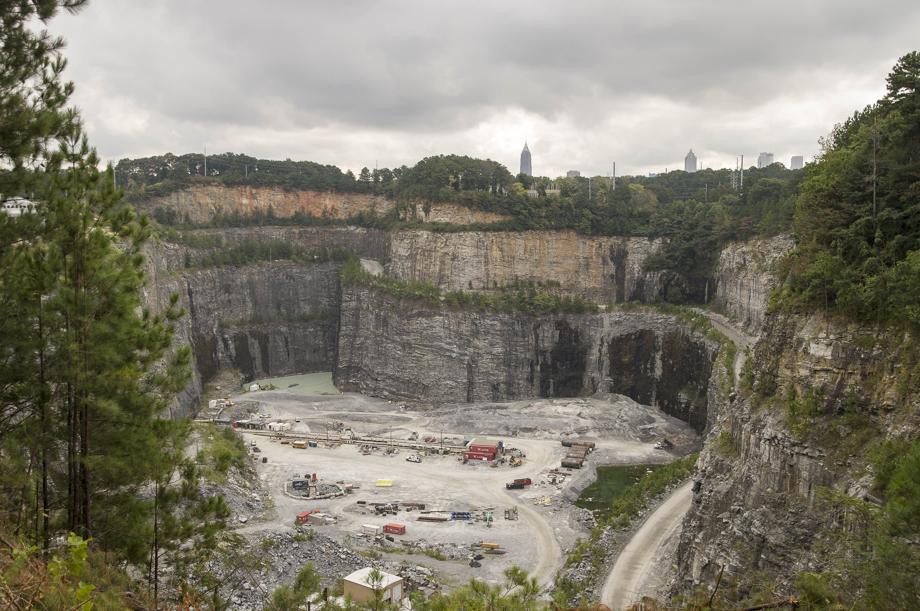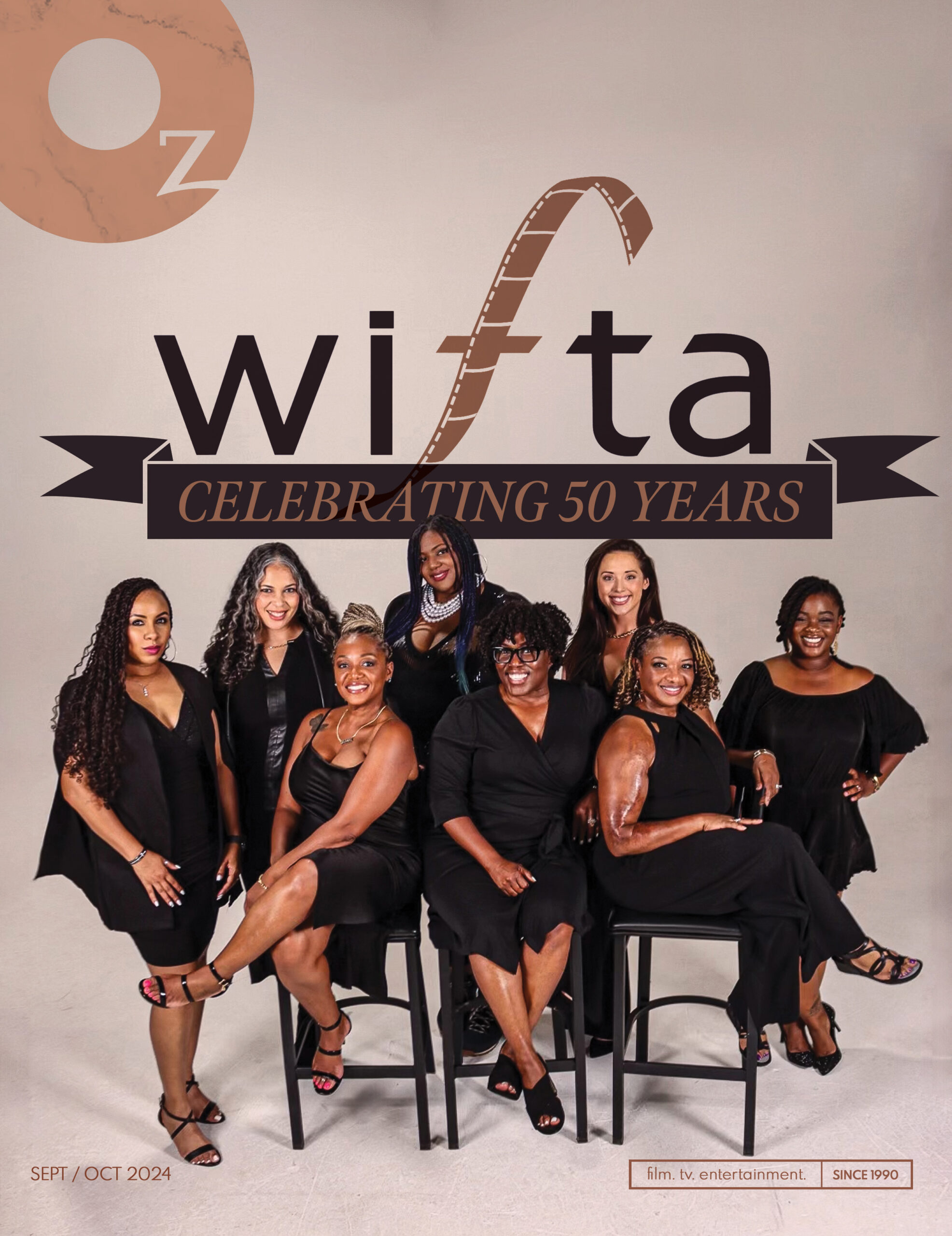

In the first season of “Stranger Things,” police chief Jim Hopper discovered a corpse of the missing child Will Byers at the bottom of a quarry. The body, in a plot twist, turned out to be fake.
What wasn’t fake was the quarry. That scene was filmed at Bellwood Quarry near an unfinished stretch of the Beltline.
Clyde Higgs, CEO of Atlanta Beltline Inc., thinks the Beltline has plenty more to offer the entertainment industry. The producers of “Stranger Things” found the Beltline’s quarry on their own. With a bit of marketing effort, Beltline leaders think they can lure many more filmings…
The Beltline needs millions to acquire more property, grade sites for building a walking path, install lighting, erect staircases to connect elevated trail sections with lower street levels, and much more. The 22-mile loop of bike and walking paths, greenspace, affordable housing and potentially mass transit passes through dozens of intown neighborhoods. Less than half has been completed.
“We are constantly seeking additional funding sources to build projects faster,” Higgs said.
The marketing plan is in its earliest stages and Atlanta Beltline Inc., a city agency that’s planning and developing the path and parks, has not yet finalized details of how it will promote itself to location scouts.
Revenue generated from filming will probably be closer to extra spending money, rather than a financial windfall. Still, every little bit helps, Higgs said. The Beltline charges $1,000 a day for filming on its property, except for the Murphy Crossing segment, where it charges $3,000. To close down a section of the Beltline trail costs $10,000.
A Beltline spokeswoman declined to say if future film projects have been scheduled. She also declined to say many projects have been shot there, or how much revenue has been generated.
The Beltline has plenty to offer location scouts, said Richard Baxter, a member of the Columbus Film Commission in Columbus, Ga., where films starring Bruce Willis and Judd Nelson have recently been shot.
“The Beltline has a breadth of locations that would make it conducive to productions shooting there,” said Baxter, associate vice president of economic development at Columbus State University.
The menu of scenes and settings is diverse. It includes vacant industrial warehouses at the old State Farmers’ Market site. There are dilapidated railroad bridges and vacant lots overgrown with weeds. Or, a producer might want a crowd of cyclists and baby stroller-pushers enjoying the nice weather.
“A producer could even do all the shoots in one location,” Baxter said.
The Beltline will have lots of competition, said Michael Woodruff, a location scout who’s working on a comedic TV series in Atlanta called “Die Hart”with Kevin Hart and John Travolta. Woodruff said he frequently relies on Atlanta city parks to shoot outdoor scenes.
“I’ve never even thought about going to the Beltline because it’s so easy for us to shoot in an Atlanta park,” Woodruff said.
Soundstages like Tyler Perry Studios and other vacant industrial warehouses in Atlanta can provide many of the same backdrops as the Beltline, Woodruff said. Plus, many of the soundstages, like Eagle Rock Studios on Best Friend Road in Norcross, are heavily insulated, which provides better air-conditioning for film equipment.
Also lurking are potential changes to the state’s tax credit for film productions, which an audit recently described as not delivering its promised benefits.
If the state legislature ends or reduces the tax credit, it will jeopardize countless film and TV projects in Georgia, Baxter said. That’s why the Beltline shouldn’t count on revenue from filming as a major source of money.
“If Georgia didn’t have the tax credit, these small, independent producers would probably not come to the state,” Baxter said.
Still, playing host to TV and film productions would lend an air of excitement to the Beltline on a national level, said Josh Harris, a
board member of the Atlanta Film Society and Invest Atlanta’s creative industries exchange program.
“If you paint a perception through the media that the Beltline is a fun, active place to go, you’ll get residual benefit off of that,” Harris said. “It’s going to draw attention and media to the Beltline that it wouldn’t otherwise get.”
Read the original article on the AJC, here.






